Low-Residue Diet To Manage Digestive Issues For Better Wellness
Embrace this unique diet to improve your bowel function and gut health.
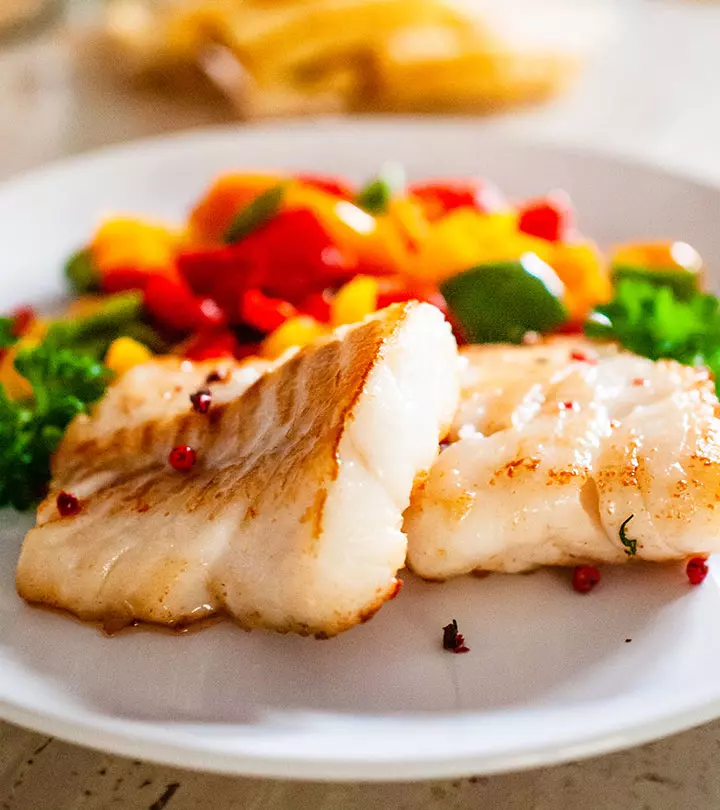
Image: Shutterstock
The low-residuei The undigested food, including fiber, that passes through the intestines after consumption of food. diet is a diet plan based on the principle of consuming low-fiber foods to minimize bowel movements and let the colon rest and heal. This diet focuses on foods that are easy for the body to break down and absorb while limiting the intake of fiber-rich foods like whole grains and certain fruits, vegetables, and seeds. It is commonly prescribed for individuals with gastrointestinal conditions like Crohn’s disease or ulcerative colitisi Inflammation of the inner lining of the colon, which causes pain, bloating, and diarrhea. , or before and after certain digestive surgeries.
However, one should be cautious while following this diet plan, as long-term adherence to it without medical supervision can lead to nutrient deficiencies and constipation. Consulting a healthcare professional is advisable before starting a low-residue diet. Keep reading to further understand how this diet works and some low-fiber diet ideas for effective results.
 At A Glance: Low-Residue Diet
At A Glance: Low-Residue Diet- Principle: A low-fiber diet that reduces undigested food in the gut after initial digestion.
- Purpose: To reduce residue, ease bowel movements, soothe the intestines, and prepare for medical procedures like colonoscopyi A medical procedure in which a special tube with a tiny camera is used to look inside the large intestine to check for issues such as polyps or cancer. .
- Who It Is For: People experiencing bloating, cramping, diarrhea, or active digestive flare-ups or those recovering from recent bowel surgery or preparing for a colonoscopy.
- Duration: Short-term
- Who Should Avoid: Individuals with chronic constipation, those without gastrointestinal issues or seeking to increase their fiber intake, and pregnant or breastfeeding individuals.
- Cons: A restrictive diet that may cause nutritional deficiencies, fatigue, constipation, and unhealthy weight loss.
In This Article
What Is A Low-Residue Diet?
A low-residue diet limits indigestible food components (called ‘residue’) which can make your stools bulkier. This diet typically includes foods like eggs, ripe bananas, refined grains, white rice, seafood, and poultry, while limiting dairy and avoiding high-fiber foods and whole grains. However, defining the exact composition of this diet is challenging due to differences in individual digestion patterns and microbiota, and, therefore, what’s considered ‘residue.’ Additionally, the term ‘low residue’ is sometimes used interchangeably with ‘low fiber,’ even though certain low-fiber foods like milk can lead to high colonic residue (1).
A low residue diet can help ease digestive discomfort by limiting fiber, similar to the FODMAP diet, which reduces certain carbohydrates to manage symptoms like bloating and gas. Scroll down to the next section to understand how this diet can impact the digestive process.
Key Takeaways
- A low-residue diet limits the intake of high-fiber foods to reduce bowel activity.
- The diet is not suitable for everyone and is usually prescribed temporarily for specific medical conditions like diverticulitis or before certain procedures like colonoscopy or GI surgery.
- The diet plan includes refined grains, lean proteins, and peeled and cooked fruits and vegetables while avoiding seeds, nuts, and other high-fiber options.
- While it aids digestion temporarily, following it for an extended period can cause nutrient deficiencies.
How Does A Low-Residue Diet Work?
Here’s how the diet functions:
- Reduced Fiber Intake: Fiber is a key contributor to stool volume and frequency (2). Thus, reducing fiber intake may help reduce the same and keep the gastrointestinal tract clean.
- Decreased Stool Quantity: Bowel movements occur less often when there is less residue in the digestive tract.
- Gentle On The Gastrointestinal System: This diet helps minimize irritation and stress in the digestive system for individuals with specific medical conditions or those recovering from digestive surgeries.
Following a low residue diet may benefit those with irritable bowel syndrome (IBS). Here, you may also know about the IBS diet that focuses on gentle, easily digestible foods.
A low-residue diet is recommended in various clinical situations, such as bowel preparation before a colonoscopy or colorectal surgery. Studies suggest it can offer better patient satisfaction and equivalent bowel cleanliness before a colonoscopy compared to the clear liquid diet. In fact, people who followed the clear liquid diet experienced more hunger, nausea, and vomiting, while people who followed the low-residue diet had better tolerance during colonoscopy and were more willing to repeat the procedure with less complications (3).
This diet is also recommended during flare-ups of inflammatory bowel diseasei A set of conditions in which the intestines become inflamed and cause symptoms like pain, diarrhea, and weight loss. , infectious colitis, and acute diverticulitisi A condition in which the diverticula (small pouches) in the intestines become inflamed or infected, leading to pain. to potentially reduce inflammation by slowing down bowel movements. However, more research is required in this regard.
 Did You Know?
Did You Know?Now, let’s take a look at how to follow a low-residue diet the right way.
How To Follow A Low-Residue Diet
The primary focus of a low-residue diet is reducing fiber intake. This helps lower the amount of undigested waste that passes through the bowel. This diet is normally prescribed for patients with health problems related to the gastrointestinal tract, like Crohn’s disease or ulcerative colitis. The diet is also suggested to patients who have undergone surgery for bowel rest. Limiting the intake of foods high in fiber, such as seeds, nuts, whole grains, raw fruits, and vegetables, is essential to follow the diet. One should consume low-fiber foods like well-cooked vegetables, white rice, refined grains, and lean protein sources like poultry, seafood, and tender cuts of meat. These foods are easy to digest and usually do not irritate the digestive tract.
Another reason to avoid fiber-rich foods on this diet is they tend to hold water inside the digestive system and increase constipation risk. Drink a lot of water and other liquid foods like juices to facilitate bowel movements and avoid any discomfiture.
Additionally, avoid foods that could trigger any gastrointestinal symptoms or that would interfere with the purpose of the diet. Avoid spicy foods, raw vegetables, dairy products, and tough or fatty meats as these can irritate the digestive system and complicate digestion. Beverages containing caffeine and alcohol should be strictly restricted based on individual tolerance levels.
Since the foods an individual can eat are so limited on a low-residue diet, it is necessary to work with a health care provider or registered dietitian to make sure one’s nutritional needs are met. A dietitian will also be able to advise on the duration one can be on this diet. They will also recommend ways through which one can gradually introduce fiber into their diet so that the individual doesn’t experience any gastrointestinal distress.
When Should You Start A Low-Residue Diet?
These are some common scenarios when a low-residue diet may be recommended:
- Pre-Surgical Preparation: Before certain types of gastrointestinal surgeries (like colorectal surgery) to minimize bowel contents and make it easier to empty the bowel pre-surgery.
- Before Medical Procedures: Prior to certain procedures, like a colonoscopy, for a clearer view of the colon.
- Post-Surgical Recovery: After gastrointestinal surgeries to reduce the strain on the digestive system, allowing for a gentler recovery.
- Gastrointestinal Flare-Ups: For individuals with inflammatory bowel diseases, like Crohn’s disease or ulcerative colitis, to give the bowel a rest and reduce symptoms or flare-ups.
- Diverticulitis: During an acute episode of diverticulitis to minimize irritation and inflammation of the intestines and promote healing.
Following this diet and personalizing it to suit your needs is not that complex. Scroll down to the low-residue diet foods list in the next section to check out your options.
Foods To Eat On A Low-Residue
A low residue diet is similar to a low fiber diet in that it minimizes fiber intake to reduce strain on the digestive system and prevent bowel irritation. Listed below are some foods you can add to your diet to reduce the residue in your gastrointestinal tract.
1. Grains
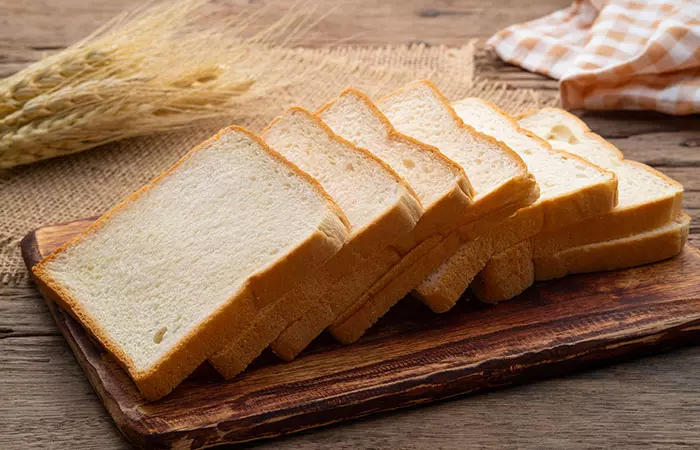
- White rice
- Refined pasta or noodles
- Plain white bread
- Cornflakes or puffed rice cereals (without added nuts or seeds)
- Cooked refined cereals like farina
- Flour tortillas (not whole wheat)
- Melba toast
2. Fruits And Vegetables
- Peeled and cooked potatoes
- Canned or well-cooked vegetables without seeds or skin, like carrots, green beans, and spinach
- Peeled and cooked squash
- Canned fruits without skin or seeds, like applesauce and canned peaches
- Ripe bananas (in moderation)
- Fruit juices without pulp (e.g., apple juice or grape juice)
3. Milk And Dairy
- Lactose-free or low-lactose dairy products
- Plain yogurt (in moderation)
- Cottage cheese
- Soft cheese
4. Meats
- Tender, well-cooked meats like poultry, fish, and lean cuts of beef, pork, or lamb
- Eggs (cooked to preference)
- Tofu or tempeh (in small amounts)
- Smooth peanut butter (in moderation)
5. Fats, Sauces, And Condiments
- Butter, margarine, or oil (in moderation)
- Mayonnaise (in moderation)
- Gravy (strained to remove solids)
- Sour cream (in moderation)
- Ketchup, mustard, and smooth condiments (in moderation)
6. Sweets And Snacks
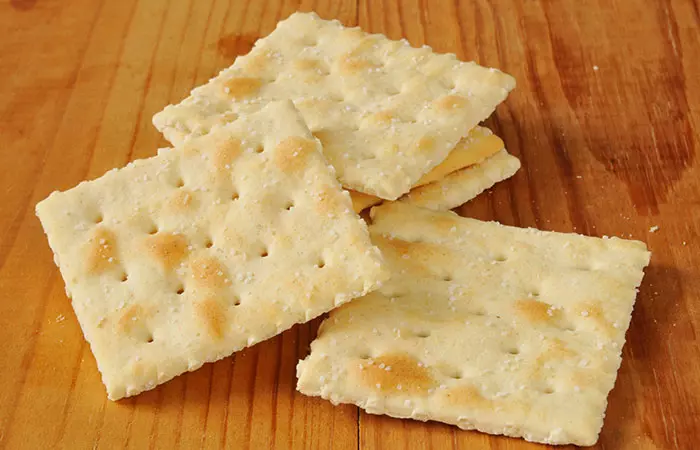
- Plain gelatin
- Marshmallows
- Plain cakes or cookies (without dried fruits, nuts, seeds, or whole grains)
- Saltine crackers
- Hard candies (in moderation)
- Plain chocolate
- Honey
7. Drinks
- Clear broths and bouillon
- Water
- Decaffeinated tea or coffee
- Carbonated beverages (without caffeine)
- Fruit juices without pulp, like apple or cranberry juice (in moderation)
 Pro Tip
Pro TipLet’s check out the other side of the coin and see what foods you need to avoid while following this diet.
Foods To Avoid On A Low-Residue Diet
Here are some foods you can consume to limit your fiber intake and reduce the amount of residue in your GI tract.
1. Fruits
- Berries (strawberries, blueberries, raspberries)
- Apples with skin
- Pears with skin
- Citrus fruits with membranes and seeds (oranges, grapefruits)
- Coconut
2. Raw Vegetables
- Broccoli
- Cauliflower
- Carrots
- Bell peppers
- Cabbage
- Brussels sprouts
- Spinach
- Kale
3. Legumes
- Beans (kidney beans, black beans, pinto beans)
- Lentils
- Chickpeas
- Peas
4. Whole Grains
- Whole-wheat bread
- Whole-wheat pasta
- Brown rice
- Whole-grain cereals (bran flakes, shredded wheat)
5. Nuts And Seeds
- Almonds
- Walnuts
- Pistachios
- Sunflower seeds
- Flaxseeds
- Chia seeds
6. Dried Fruits
- Raisins
- Dates
- Prunes
- Apricots
7. Dairy Products
- Regular milk
- Cream
- Cheese
- Yogurt with added fruit, seeds, or nuts
- Ice cream with added fruit, seeds, or nuts
8. Spicy And Chunky Foods
- Foods with spicy sauces and seasonings
- Sauces with chunks of vegetables or seeds, like marinara sauce with vegetables
9. Fried Foods
All greasy and fried foods
10. Caffeinated, Carbonated, And Alcoholic Beverages
- All caffeinated and alcoholic beverages
- Soda and carbonated drinks
11. Snacks
- Popcorn
- Granola bars with nuts and seeds
- Trail mix
12. Tough Meats
Cuts of meat that are tough or have a lot of connective tissue
A low-residue diet is recommended for people about to undergo various surgeries or those who have certain medical conditions. Learn more about how they need to follow this diet in the next few sections.
Low-Residue Diet For Colonoscopy
A low-residue diet is usually recommended for a few days leading up to the colonoscopy, but the exact duration and dietary restrictions may vary based on your specific situation and health condition (4). Always consult your healthcare provider or a registered dietitian for personalized guidance and recommendations.
Here are some foods that you can eat before a colonoscopy:
- Clear Liquids: Clear liquids like water, tea, and coffee (without milk or cream).
- Fruit Juices: Clear, pulp-free juices like apple, grape, or cranberry juice.
- Clear Broths: Broths made from chicken, beef, or vegetable stock (strained to remove solids).
- White Rice: Cooked white rice without any added seasoning.
- Pasta: Cooked plain pasta without sauce.
- Eggs: Soft-cooked or scrambled eggs without added ingredients like cheese or vegetables.
- Tofu: Soft tofu
- Fish And Poultry: Skinless, boneless chicken or turkey and fish cooked tenderly.
- Dairy: Lactose-free milk, plain yogurt, and small amounts of butter (if tolerated).
If you are dealing with diverticulitis, check out the diet that you may be advised to follow in the next section.
Low-Residue Diet For Diverticulitis
When it comes to the benefit of following a low-residue diet for managing diverticulitis, there is limited research to prove the same. However, anecdotal evidence suggests that it may help during a diverticulitis flare-up.
Some common low-residue diet foods that individuals with diverticulitis can eat include:
- Fruits: Peeled and well-cooked fruits like applesauce, canned fruit without seeds, and ripe bananas.
- Vegetables: Cooked and peeled vegetables like mashed potatoes, carrots, and green beans and canned vegetables without seeds.
- Grains: White bread, white rice, pasta, and plain cereals like cornflakes.
- Proteins: Lean meats like chicken, turkey, fish, and tender beef.
- Dairy: Milk, yogurt (without seeds or nuts), and cheese.
- Beverages: Water, clear juices (without pulp), herbal tea, and coffee (in moderation).
- Fats And Oils: Butter, margarine, and vegetable oils.
- Snacks Or Desserts: Pudding, plain gelatin, and smooth ice cream (in moderation).
Note:
The low-residue diet should only be followed temporarily during a diverticulitis flare-up. Once the inflammation subsides, it is essential that you gradually reintroduce high-fiber foods back into your diet under the guidance of a doctor or a registered dietitian to maintain good colon health and prevent future flare-ups.
Now, check out the next section to learn how you can make this diet work for you.
How To Make A Low-Residue Diet Work For You
Prioritize gentle-on-the-stomach foods if you want to follow a low-residue diet. Start by familiarizing yourself with foods you need to avoid and opt for options like cooked and peeled fruits, white bread, tender meats, and dairy without added fibers. Plan your meals and snacks ahead of time to prevent inadvertently consuming high-residue foods. Keep your portion sizes moderate, and try to eat smaller, more frequent meals to prevent overloading your digestive system.
It is also beneficial to keep a food diary to monitor how different foods affect you and identify potential triggers, which can help you adjust your diet accordingly. Remember, a low-residue diet is usually followed temporarily, so always consult with a healthcare professional or dietitian for guidance on transitioning back to a regular diet when appropriate.
A low-residue diet does not need to be boring. Check out some nutritious and delicious recipes, along with meal preparation tips, in the next section.
Low-Residue Diet Recipes And Meal Preparation Tips
1. Creamy Mashed Potatoes
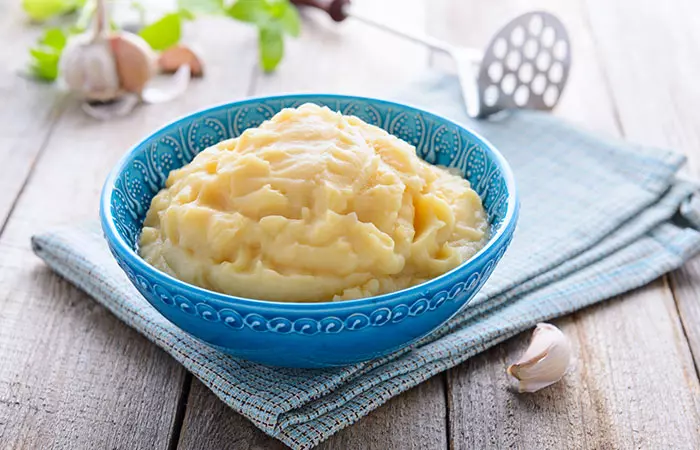
Ingredients
- 4 large potatoes (peeled and cut into chunks)
- 1/4 cup unsalted butter
- 1/2 cup low-fat milk
- Salt and pepper to taste
How To Prepare
- Place the potato chunks in a large pot and fill it with cold water until the potatoes are covered.
- Add a pinch of salt.
- Bring the water to a boil and cook the potatoes until they are fork-tender.
- Drain the potatoes and return them to the pot.
- Add the butter and milk to the pot and mash the potatoes until smooth and creamy. You may use a potato masher or an electric hand mixer for this.
- Season with salt and pepper to taste. Serve hot.
Meal Preparation Tips
- Prepare Potatoes In Advance: You can peel and chop the potatoes in advance and store them in a bowl of cold water in the refrigerator to save time on the day you plan to make mashed potatoes.
- Keep The Food Warm Warm: If you need to prepare other dishes, place the mashed potatoes in an oven-safe dish covered with tinfoil and keep it in a warm oven until you are ready to serve.
2. Baked Lemon Herb Chicken

Ingredients
- 4 chicken breasts (boneless, skinless)
- 2 tablespoons olive oil
- 1 lemon (zested and juiced)
- 2 teaspoons dried thyme (or herb of choice)
- Salt and white pepper to taste
How To Prepare
- Preheat the oven to 375°F (190°C).
- Mix the olive oil, lemon zest, lemon juice, thyme, salt, and white pepper in a bowl.
- Place the chicken breasts in a baking dish and pour the mixture over them.
- Bake them in the preheated oven for 25-30 minutes or until the chicken is cooked through.
- Remove the dish from the oven and let it rest for a few minutes before serving.
Meal Preparation Tips
- Marinate In Advance: You can marinate the chicken breasts in the lemon-herb mixture a few hours before cooking or even the night before to enhance the flavor.
- Prep Extra: Cook extra chicken breasts and use them for salads or sandwiches during the week. They can be a versatile and convenient source of protein.
- Garnish With Lemon Slices: If you have fresh lemon slices, you can place them on top of the chicken breasts for added flavor and an appealing touch.
- Cooking Time: Be mindful of the cooking time to avoid overcooking as it can dry out the chicken.
3. Chicken And Rice Soup

Ingredients
- 1 cup white rice (cooked)
- 2 chicken breasts (boneless, skinless, diced)
- 4 cups low-sodium chicken broth
- 2 carrots (peeled and sliced)
- 2 zucchinis (peeled and diced)
- 1 cup butternut squash (cooked and peeled)
- 1 teaspoon olive oil
- Salt and pepper to taste
How To Prepare
- Heat up the olive oil over medium heat in a large pot. Add the diced chicken and cook for about 5 minutes or until the pieces are no longer pink.
- Add the carrots and zucchini to the pot and sauté for an additional 3-4 minutes.
- Pour in the chicken broth and bring it to a simmer. Cook for about 10 minutes until the vegetables are tender.
- Add the cooked rice and butternut squash to the pot. Simmer for an additional 5 minutes.
- Season with salt and pepper to taste.
- Serve hot.
Meal Preparation Tips
- Pre-Cook The Ingredients: Prepare the diced chicken, cooked butternut squash, sliced carrots, and diced zucchini in advance and store them in separate airtight containers in the refrigerator to save time while cooking.
- Cook Rice Ahead: Cook the white rice the day before and store it separately in the refrigerator. Reheat it when you are ready to add it to the soup.
- Double Batch: Consider making a large batch of soup and freezing portions in individual containers so that you can have low-residue soup ready to heat up and eat whenever you need it.
While the low-residue diet can be beneficial to prep your gut before a medical procedure, it does have its fair share of limitations. Learn more about them in the next section.
Limitations Of A Low-Residue Diet
While a low-residue diet can be beneficial for certain medical conditions or situations, it has some limitations to consider. These include:
- May Cause Nutrient Deficiencies
This diet restricts many high-fiber foods, which are rich in essential vitamins, minerals, and antioxidants. This can lead to nutrient deficiencies if the diet is followed for an extended period.
- May Impact Digestive Health
Prolonged adherence to a low-residue diet may negatively affect your long-term digestive health. A lack of dietary fiber can lead to constipation and may increase the risk of certain digestive issues, like colorectal cancer and diverticulosis (5), (6).
- May Affect Gastrointestinal Function
While it is suitable for short-term use for specific medical conditions, a low-residue diet may slow down bowel movements and alter the composition of gut bacteria, thus affecting overall gastrointestinal function. However, more research is needed in this regard.
- May Impact Bowel Regularity
Reducing dietary fiber intake may lead to irregular bowel movements and exacerbate symptoms of diarrhea or constipation in some individuals. However, there is not enough scientific data to prove the same.
- May Cause Weight Gain
Some individuals may experience weight gain on a low residue diet due to the increased consumption of calorie-dense and easily digestible foods. However, more research is required to prove the same.
While a low-residue diet may be good to follow before certain medical procedures, it is important to follow it under the guidance of a healthcare professional.
A low-residue diet limits the intake of fiber and other difficult-to-digest foods to prepare the bowel before certain medical procedures. While it can provide relief and assist in maintaining a clean colon, it is not a permanent dietary solution, as it lacks the fiber and diverse nutrients essential for long-term health. It is best to follow this diet as a temporary measure, then gradually reintroduce high-fiber foods to maintain a balanced and nutritious diet. Always prioritize a well-rounded eating plan that includes a variety of nutrient-rich foods for long-term digestive health and overall well-being. As with any dietary modifications, it is essential that you consult your doctor to ensure a balanced, healthy approach to your diet.
Infographic: 7 Foods To Eat On A Low-Residue Diet
A low-residue diet can lead to nutritional deficiencies as it is quite restrictive. So, it is essential to include a variety of nutrient-dense options to ensure adequate intake of essential vitamins and minerals. Check out the infographic below for the seven nutrient-dense foods that you may consider incorporating into your low-residue diet plan.

Illustration: StyleCraze Design Team
Frequently Asked Questions
Is a low-residue diet healthy?
A low residue diet is not considered a healthy long-term eating plan as it restricts many high-fiber foods, which are essential for overall health and digestive regularity. It is usually recommended for specific medical conditions or procedures under the guidance of a healthcare provider.
Are tomatoes low-residue?
Tomatoes are generally not considered low-residue as they contain seeds and skin, which are high in fiber. If you are following a low-residue diet, it’s advisable to avoid raw tomatoes and opt for cooked and peeled tomatoes in moderation.
Are onion and garlic low-residue?
Onions and garlic are not usually considered low-residue foods, as they can be difficult to digest for some individuals and may cause gastrointestinal discomfort or irritation. It is best to avoid or minimize the consumption of onions and garlic when following a strict low-residue diet.
Can you eat cabbage on a low-residue diet?
Cabbage is not usually recommended on a low-residue diet, as it is a high-fiber vegetable that can be difficult to digest. It is recommended that you opt for well-cooked, low-fiber vegetables like peeled and cooked carrots or green beans instead.
Can you eat biscuits on a low-residue diet?
Yes, you can eat biscuits on a low residue diet if they are made from refined white flour and do not contain seeds, nuts, or high-fiber ingredients. Plain biscuits or crackers are generally well-tolerated on a low-residue diet.
How do you introduce fiber after following a low-residue diet?
After following a low-residue diet, reintroduce fiber into your diet gradually to avoid digestive discomfort. Start with soluble fiber sources like oatmeal and cooked, peeled fruits. Slowly incorporate whole grains by transitioning from white to whole-wheat bread. Increase the portions of legumes and vegetables over time, monitoring for tolerance. Ensure adequate hydration as fiber intake increases, and consult your dietitian for personalized guidance to enable a smooth transition.
Illustration: Low-Residue Diet To Manage Digestive Issues For Better Wellness

Image: Dall·E/StyleCraze Design Team
References
Articles on StyleCraze are backed by verified information from peer-reviewed and academic research papers, reputed organizations, research institutions, and medical associations to ensure accuracy and relevance. Read our editorial policy to learn more.
- Low Residue Diet
https://www.ncbi.nlm.nih.gov/books/NBK557693/ - Association between Dietary Factors and Constipation in Adults Living in Luxembourg and Taking Part in the ORISCAV-LUX 2 Survey
https://www.ncbi.nlm.nih.gov/pmc/articles/PMC8746799/ - A Systematic Review and Meta-Analysis of Low-Residue Diet Versus Clear Liquid Diet
https://www.ncbi.nlm.nih.gov/pmc/articles/PMC8478318/ - Low-Residue and Low-Fiber Diets in Gastrointestinal Disease Management
https://www.ncbi.nlm.nih.gov/pmc/articles/PMC4642427/ - Dietary Fibre Protective against Colorectal Cancer Patients in Asia: A Meta-Analysis
https://www.ncbi.nlm.nih.gov/pmc/articles/PMC6560290/ - Intake of dietary fiber, fruits, and vegetables, and risk of diverticulitis
https://www.ncbi.nlm.nih.gov/pmc/articles/PMC6731157/
Read full bio of Amie Alexander
Read full bio of Aparna Mallampalli
Read full bio of Arshiya Syeda
Read full bio of Sindhu Koganti






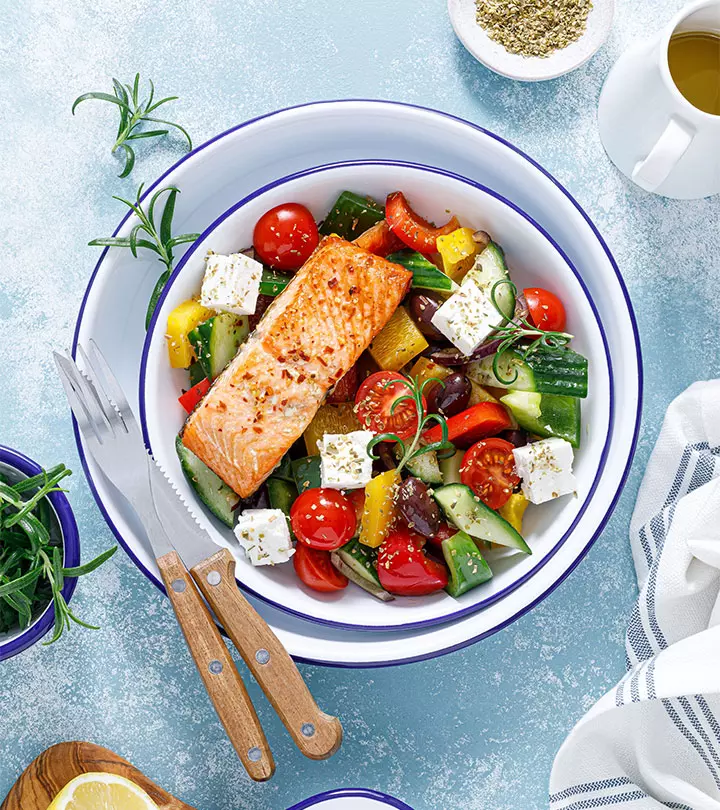

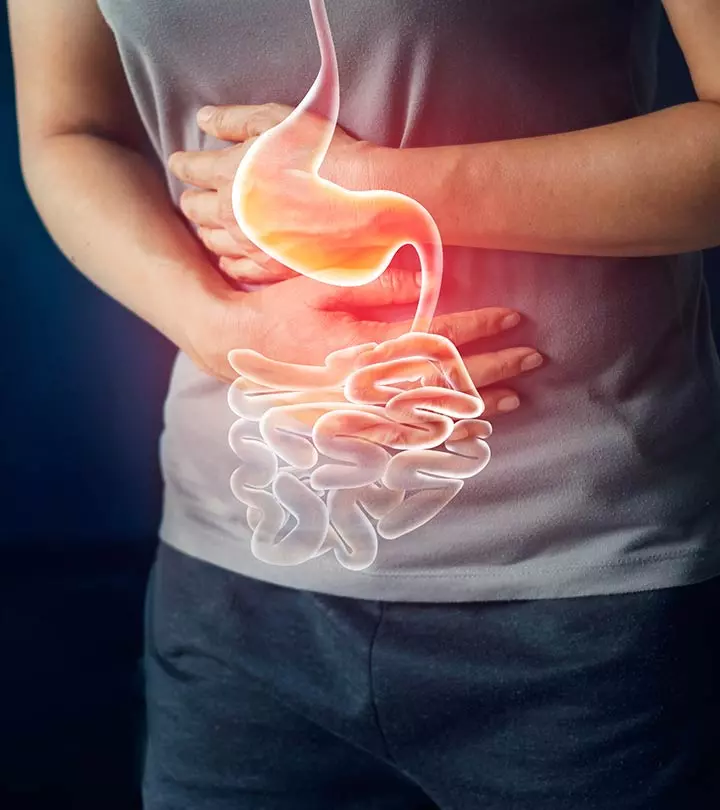














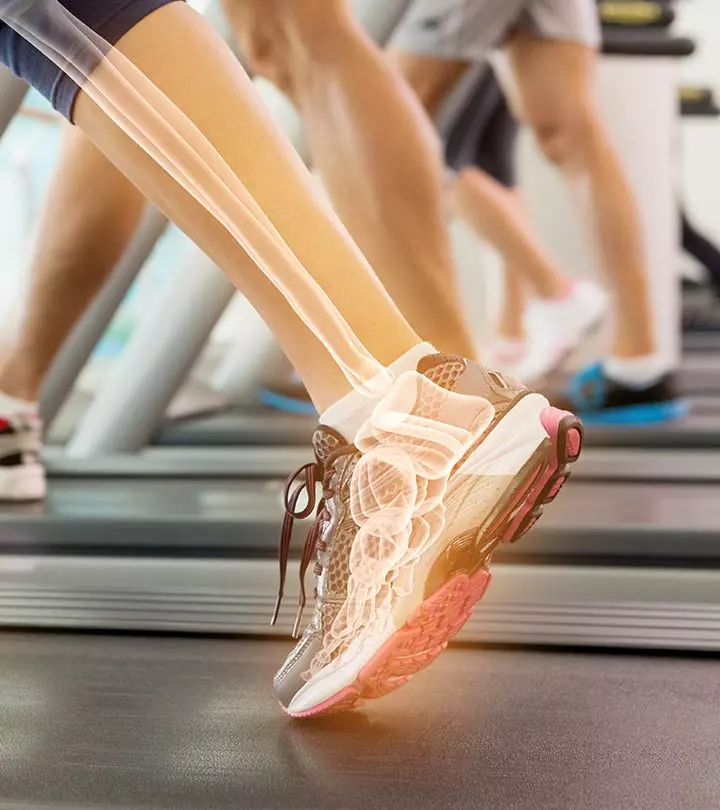


Community Experiences
Join the conversation and become a part of our empowering community! Share your stories, experiences, and insights to connect with other beauty, lifestyle, and health enthusiasts.